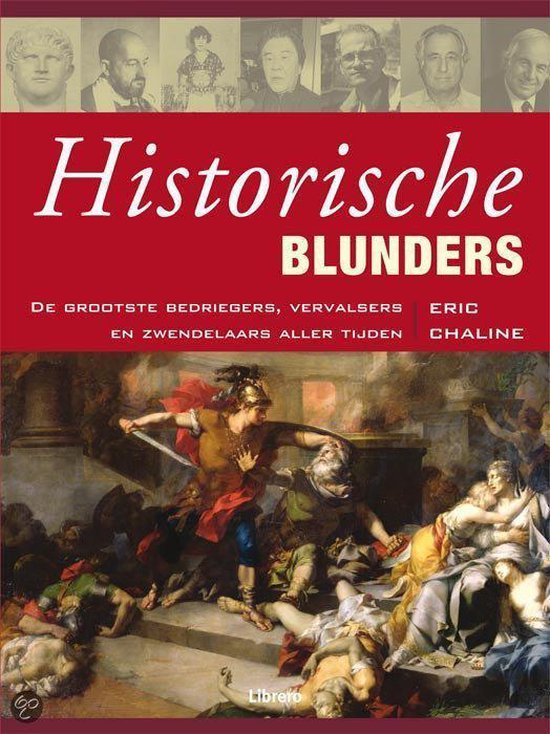Aan deze pagina wordt nog gewerkt!

Nergens ondersteund wil zeggen dat anderen de opvattingen van Delahaye ook moeten delen, het er mee eens zijn.

De visie van Albert Delahaye.
De huidige stand van de wetenschap is het kernpunt in de discussies over de historische opvattingen, waarbij Leupen de opvatting hanteert dat 'als alle geleerden het met elkaar eens zijn, zij dus gelijk hebben'. Dat gelijk hebben moet blijken uit de argumentatie, niet uit een consensus. Dat 'alle geleerden' (allemaal??) het met elkaar eens zijn, is slechts het gevolg van naschrijverij, niet van overeenkomstig onderzoek.
De hele lijst van bevindigen van deskundigen die het volkomen eens zijn met Albert Delahaye.
| Bron of auteurs. | Bevindingen. |
| Academia.edu febr. 2019 | Dateren van archeologische sporen in de bodem. Een pijnlijk proces. Een archeoloog hoeft maar ergens naar te kijken en hij weet meteen hoe oud een voorwerp is. Dat klinkt eigenlijk te mooi om waar te zijn, en is het ook. Toch lijken veel mensen dit idee te hebben. Als het dan misgaat, is dat nieuws. Met enig leedvermaak versloegen de media onlangs de ontdekking van een stone circle à la Stonehenge, in Schotland, die maar 20 jaar oud bleek te zijn. Trevor Noah wijdde er zelfs een goed bekeken clipje aan: hij gelooft nu niks meer van de archeologie. |
| Michiel Bartels en Michel Groothedde sept. 2008 | From the start Deventer and Zutphen had complementary functions within the ''IJssel'' shire. Deventer was the mission post and clerical centre as well as the trade centre on the banks of the river IJssel. Zutphen was the seat of the count, centre of a large royal domain. In the first half of the 9th century both settlements got attendance from the state and church authorities but could by no means challenge with the major centres in the Netherlands as Nijmegen and Utrecht. The Viking threat in Lower Lorraine changed all that. Beaten and pushed away by the looting and carnage of the Vikings the clergy and merchants of Utrecht and Dorestad fled to Deventer. Due to political and military developments both settlements were pillaged and burned to the ground by raiding Viking bands in 882. |
| Michiel Bartels en Michel Groothedde sept. 2008 | Deventer en Zutphen (Deventer) In the earliest period of inhabitation (750-850) few remains of habitation have been found. Quite clear traces of large scale habitation appear in the second period 850-900, when the first remains of houses, streets and defence works are found. Therefore no traces of the Viking attack have been found so far within the town. Nothing is known about the location of the church in Deventer before 882. Between 765 and 882 there is no clear view of the development of the church. During the attack the church would be completely destroyed and its valuables robbed. The rebuilding of the church most probably took place at the location were the St. Lebuin Church is today. |
| Michiel Bartels en Michel Groothedde sept. 2008 | Phase 1 is represented by the two outer and relatively narrow ditches, which lied eleven meters apart from each other (Fermin & Groothedde 2008). The inner one is carbon dated between 787 and 883. Consequently this antedates the historical raid of 882. Possibly these ditches were constructed after an earlier, historically documented, Viking raid in the IJssel area in 866. It is also possible that the ditches formed an older defensive boarder of the royal domain as it was founded by the Carolingian rulers in the late 8th century. It is not clear if these ditches formed a circular structure. It is however possible that the ditches were part of a promontory fort and that only the north side was defended as such. The sandy dunes of Zutphen were surrounded by rivers and marshland on the east-, south- and west side. It is difficult to date the halls because of the paucity of ceramic fragments found in the postholes. However, the fragments point to the late ninth and tenth centuries. The remains of a small number of human individuals were found, and two more or less complete skeletons. These were discovered on the floor of the central part of two sunken huts surrounding the excavated building. They were the skeletons of a child aged about 12 and of an adult female aged between 30 and 40. Phase 2: the C14 dates range from a start in 781-787 and a final date in the 883-939 period. |
| 1. | 2. |
| 1. | 2. |
| 1. | 2. |
| 1. | 2. |
|
| |||||
 Citaten van Historici  wetenschap is twijfel  ongelooflijk  onnozelheid  Heiligenlevens  Kletspraat |
|
Kop van het artikel. de tekst wordt verdeeld in twee kolommen. De rand om een element geef je een andere kleur dan de voorgrondkleur met de border of de border-color eigenschap. |
Kop van het artikel. De tekst wordt verdeeld in twee kolommen. De rand om een element geef je een andere kleur dan de voorgrondkleur met de border of de border-color eigenschap. |
Wat weten we uit de klassieke teksten?
SIC (sic)!
 Missaal van de St.Willibrorduskerk in Klein-Zundert met een afbeelding van Willibrord. |
|
| |||||

